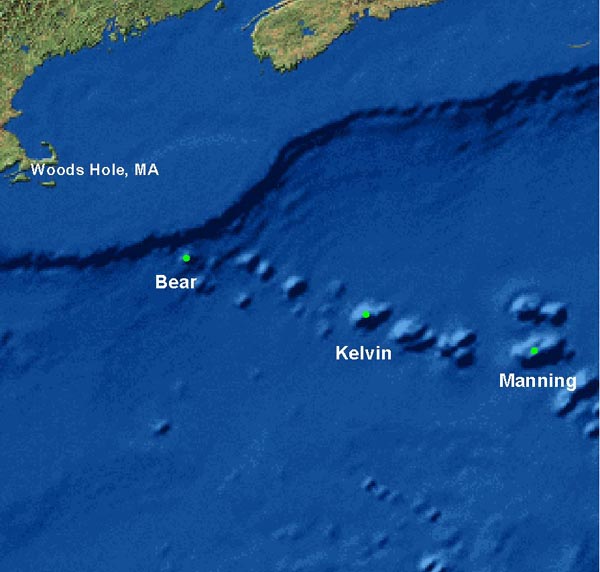| NASA's unmanned Lunar Orbiter 1 gave us an unprecedented image of Earth rising above the lunar surface in 1966. Today, 17595 days after the first Earthrise image, the Moon has made 644 trips around Earth. The Moon rotates 360° in 27 days. Because the Moon orbits Earth every 27.322 days, it exposes the same face to an Earthbound observer. Near Side Far Side The face of the Moon we see is called the near side. The opposite side is called the far side, or the dark side. Dark side is a misnomer because when the Moon is dark during a new phase, the far side is bathed in sunlight. 31 Moon orbits after the 1966 Lunar Orbiter 1 gave us the iconic image of Earth rising above the lunar horizon, Apollo 8 astronauts were orbiting around the Moon in December 1968. |
|
"I happened to glance out of one of the still-clear windows just at the moment the earth appeared over the lunar horizon. It was the most beautiful, heart-catching sight of my life, one that sent a torrent of nostalgia, of sheer homesickness, surging through me. It was the only thing in space that had any color to it."Firsts
― Frank Borman, Commander of Apollo 8
The Apollo 8 astronauts were the first people to leave Earth's orbit; the first people to see the whole Earth; and the first people to see the far side of the Moon.
In space there are countless constellations, suns and planets; we see only the suns because they give light; the planets remain invisible, for they are small and dark. There are also numberless earths circling around their suns.”
― Giordano Bruno, Despre infinit univers si lumi, 1584.
REFERENCES
- Does the Moon Rotate? by Nola Taylor Redd, Space.com 28 February 2014.
- Earthrise: How Man First Saw the Earth, by Robert Poole, Yale University Press, 23 February 2010.
- Understanding the Moon Phases, moonconnection.com











